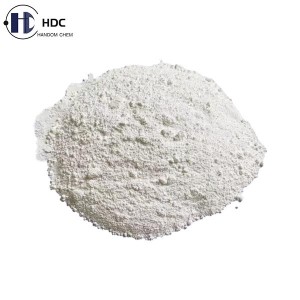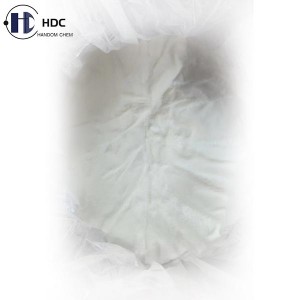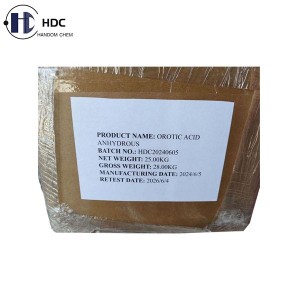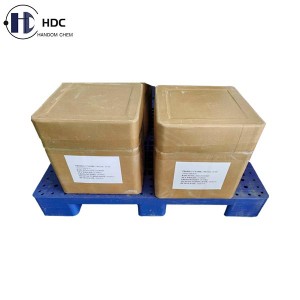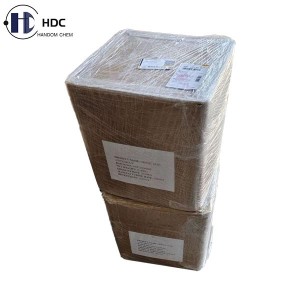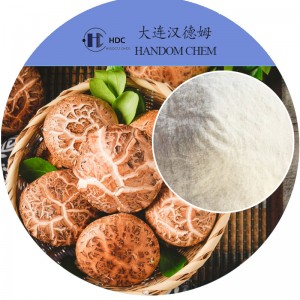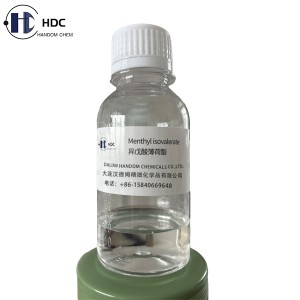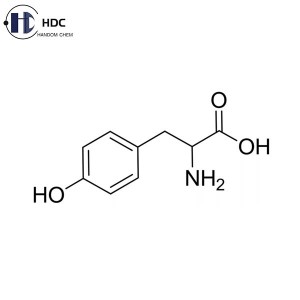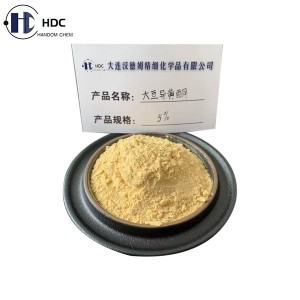Orotic Acid Anhydrous
Brief Introduction:
Orotic acid, also known as vitamin B13, is a nutrient with a molecular formula of C5H4N2O4. In the pharmaceutical field, orotic acid and its derivatives have good therapeutic effects on icteric hepatitis, fatty liver, acute and chronic hepatitis.
It is also widely used in cosmetics - as a nutritional cosmetic matrix, it can be well absorbed by skin cells, promote the metabolism of human cells, and significantly inhibit skin aging.
In short, orotic acid is used in medicine, food, daily chemicals, and life sciences.
Specifications of our Orotic Acid Anhydrous:
| Test Items | Specifications |
| Appearance | White powder |
| Assay | Not less than 99.0% |
| Residue on Ignition | Not more than 0.20% |
| Heavy Metals (as Pb) | Not more than 20 ppm |
| Loss on Drying | Not more than 1.0% |
| pH Value | 2.2 ~ 3.0 |
Physiological Functions & Effects:
The main function of orotic acid is to metabolize folic acid together with vitamin B12. Rich orotic acid helps replace vitamin B12, although it can not completely replace it, but it can reduce the damage caused by vitamin B12 deficiency. This acid is also used in cosmetics, medicines, and animal feed supplements.
It is also widely used in bodybuilding competitions around the world because it can increase the secretion of adenosine triphosphate (the main energy source of the body). Orotic acid does this by being a preliminary form of pyrophosphate, which is then used in pyrimidine synthesis. The more pyrophosphate there is in the body, the more adenosine triphosphate can be produced.
Packaging:
1kg/Aluminum Foil Bag, 25kg/Fibre Drum or according to the specific requirements from customers.
Storage Conditions:
Preserved in unopened original containers in a cool dry place before using; kept away from direct sunlight, heat and moisture.
Shelf Life:
24 months if stored under above mentioned conditions.



